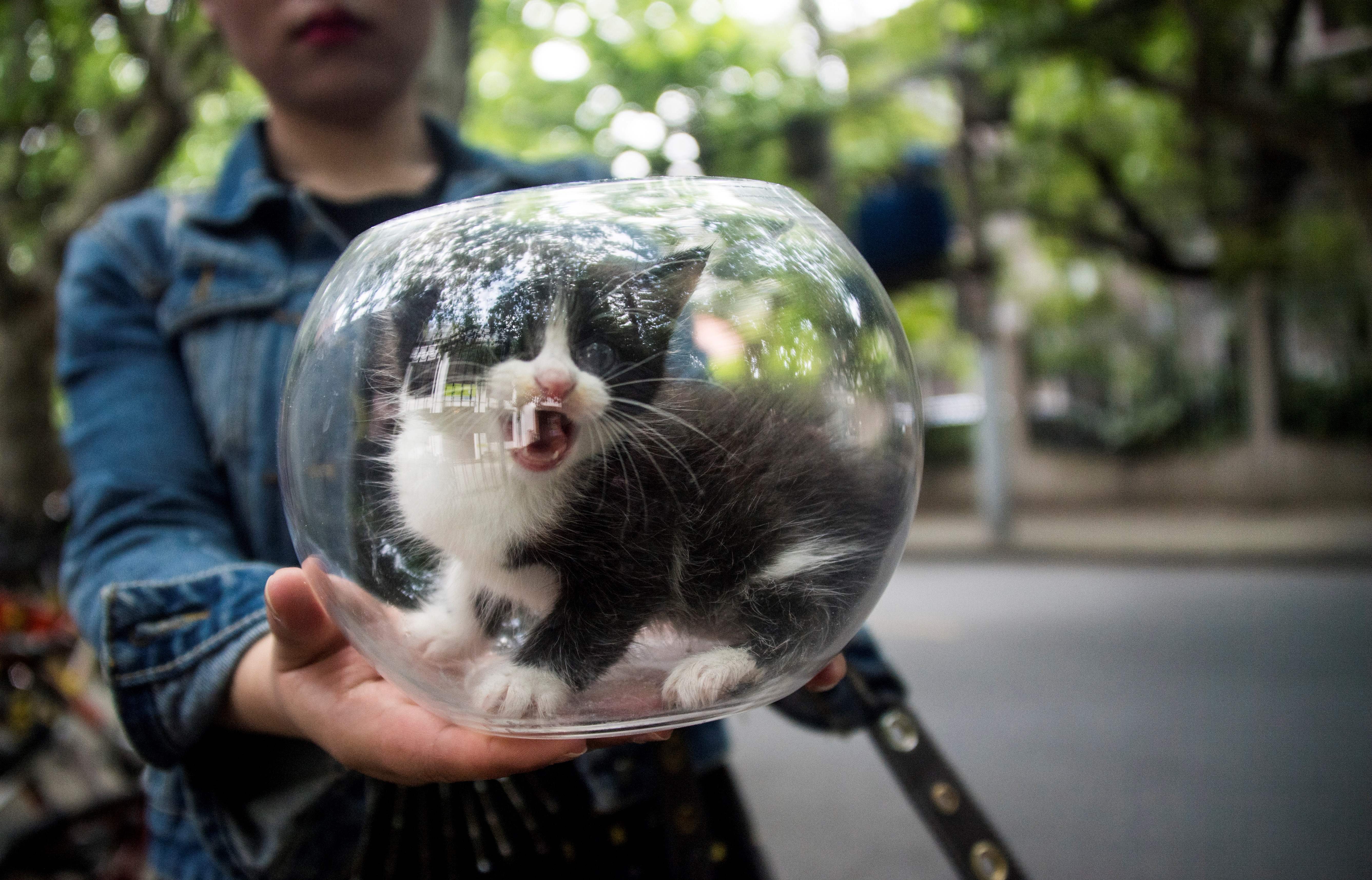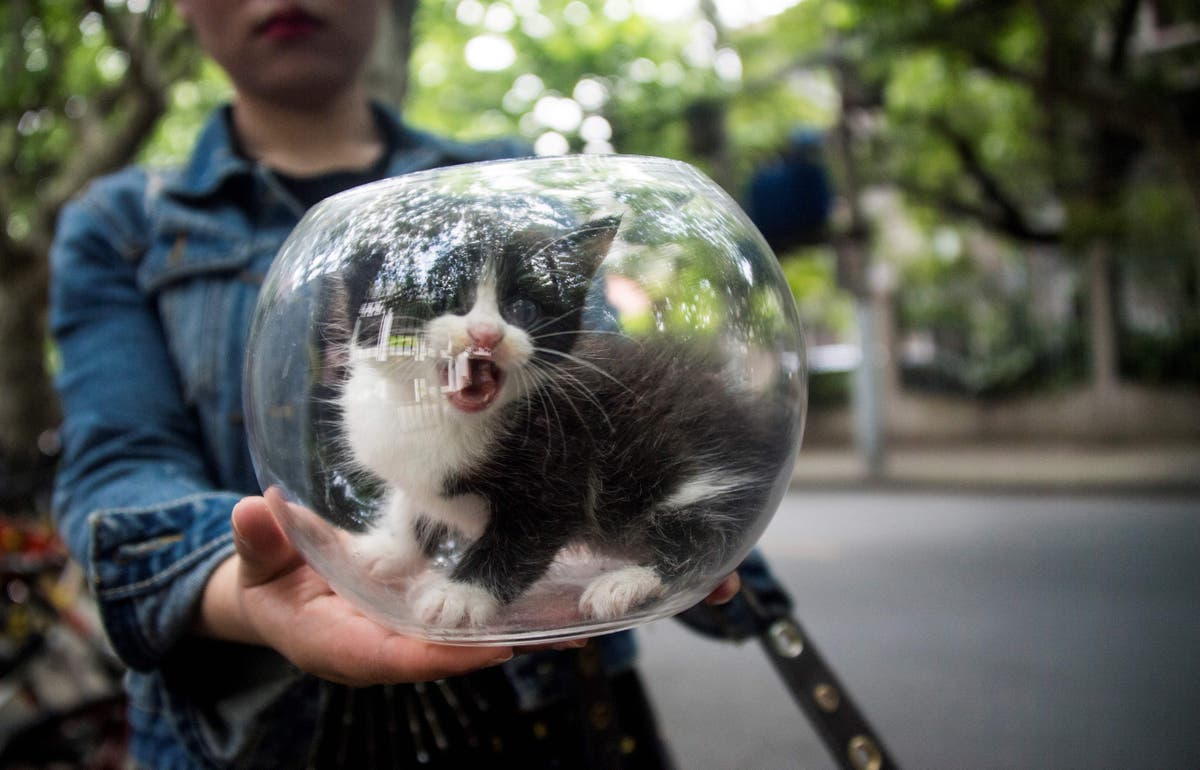Your support helps us tell the story
This election is still a dead race according to most polls. In a fight with such thin margins, we need reporters on the ground talking to the people Trump and Harris are courting. Your support allows us to keep sending reporters to the story.
The Independent is trusted by 27 million Americans across the political spectrum every month. Unlike many other quality news media, we choose not to lock you out of our reporting and analysis with paywalls. But quality journalism still has to be paid for.
Help us keep bringing these critical stories to light. Your support makes all the difference.
Cats are able to use an unusual awareness of their own body shape and size to fit into the tightest of spaces, scientists say, after conducting a study into how felines are effectively able to behave like fluids.
Several animals are known to make decisions about their mobility through space based on knowledge of their size and shape.
But the role this self-awareness plays in allowing cats to fit into spaces has not been tested before, said animal behaviorist Peter Pongracz of Hungary’s Eötvös Loránd University.
Cats display a remarkable range of cognitive abilities. They follow human cues to find food, for example responding to cues and acting on cat-directed speech.
In his new study, published in the journal iScienceDr. Pongracz assessed how 30 cats fit into progressively decreasing openings that were either the same height or the same width.
He used a similar setup to the one recently used to test this behavior in dogs.
“While dogs slowed down and hesitated before trying to use an uncomfortable small opening, we did not detect this change in their behavior in the case of cats until their attempts to go through even the narrowest openings,” he said.
The cats that “jumped” were considered their refusal to use the opening.

However, the cats slowed down before passing through the shortest of the narrow openings. The felines appeared to assess their own anatomical features by following a cautious strategy when navigating these spaces. They also readily adopted a trial-and-error method for negotiating narrow openings.
“Cats probably did not track a priori size-based decisions when approaching narrow but comfortably tall openings, even though these were narrower than the cat’s chest width,” Dr. Pongracz said.
In the case of the smallest, uncomfortably short opening, the cats seemed to trust that their “body size represents capacity” to go through, the ethologist noted.
As the openings became shorter than their mane height, the cats hesitated to approach them.
“This indicates that for cats the vertical and horizontal dimensions of an opening represent different meanings,” said Dr. Pongracz.
“Cats are almost liquid! Cats selectively rely on body size awareness when negotiating short openings.”
The study raises several questions, such as why cats choose a trial-and-error strategy for tall but narrow openings. It is also unknown why they hesitate and apparently rely on their body size awareness to navigate the shortest openings.
The research also casts doubt on the assumption that cats can slow down to use their whiskers to assess the suitability of the narrowest openings.
Dr. Pongracz hopes to further test whether cats rely on other forms of body awareness such as their weight in similarly challenging spatial tasks.
